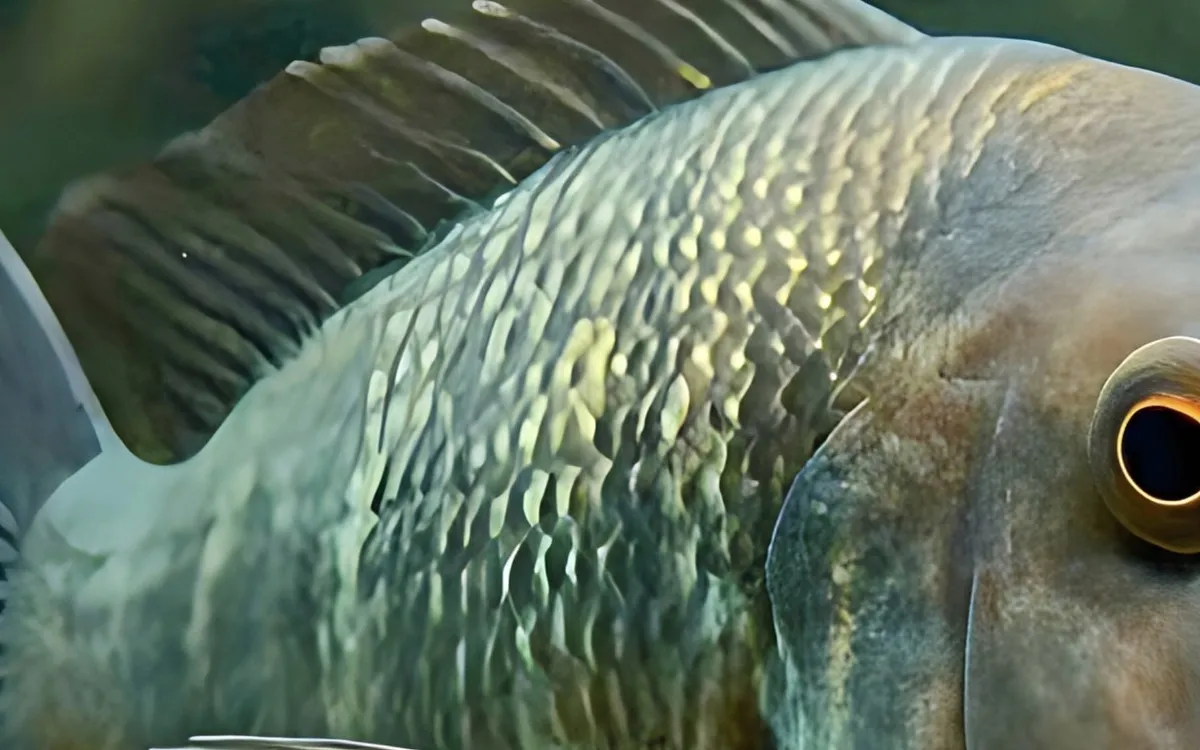
Over the years, aquarists and biologists have been captivated by the remarkably thick lips of several African cichlid species. These unique fish, primarily found in Lakes Victoria, Malawi, and Tanganyika, have puzzled researchers who are eager to understand the evolutionary mechanisms behind such pronounced lip structures. This ongoing fascination has sparked fresh investigations led by scientists who are comparing lip structures, tissue composition, and gene expression among these fish.
The current research effort is spearheaded by Dr. Nagatoshi Machii from the Tokyo Institute of Technology. Dr. Machii's team has delved into microscopic details and molecular data to identify the factors that drive lip enlargement in specific cichlid species. Their aim is to uncover the biological and evolutionary reasons behind the development of these distinctive lip features.
Researchers have observed that cichlids from different lakes exhibit similar traits, despite being distantly related. This phenomenon, known as parallel evolution, occurs when different species independently develop similar adaptations in response to comparable environmental pressures. According to Jonathan Losos, an evolutionary biologist at Harvard, “Parallel evolution is evidence of natural selection that drives adaptive solutions to the environment.”
The isolated ecosystems of Lakes Victoria, Malawi, and Tanganyika serve as nature's own research laboratories. While each lake has cultivated its own line of cichlid species, many have independently evolved the same traits, providing a unique opportunity to study the principles of parallel evolution. By comparing species across these diverse lakes, scientists can uncover patterns and insights that may be overlooked when studying a single location.
Detailed analyses reveal that the thick lips of cichlids contain a proteoglycan-rich layer, a structural component found in various tissues such as bone, cartilage, tendons, and skin. These proteoglycans play crucial roles in tissue organization, hydration, and mechanical properties. Studies on cichlids with enlarged lips have shown a significant abundance of certain proteins, including chondroitin sulfate proteoglycans, which may contribute to the lips' characteristic plumpness by increasing connective tissue volume.
The research team discovered that differences in gene expression begin earlier than anticipated. Even in juvenile cichlids, prior to the full development of their lips, the genes responsible for constructing extracellular matrix components are already more active in species destined to have larger lips. This early activity suggests that the groundwork for lip hypertrophy is established in youth and is reinforced as the fish matures, indicating a tightly controlled genetic system that ensures these traits persist across generations.
Interestingly, scientists also identified changes in genes associated with the Wnt signaling network, which is crucial for cell growth, division, and development. This pathway is fundamental during embryonic development and plays a role in tissue maintenance and repair in adults. Some cichlids with oversized lips exhibited heightened expression of Wnt-related genes at both juvenile and adult stages, indicating that this pathway may remain active, promoting tissue expansion and the accumulation of extracellular material.
Recent findings have unveiled an unexpected correlation between the enlarged lips of cichlids and certain human conditions. The same proteoglycans found in fish lips are involved in human skin disorders, such as keloids, where excess connective tissue results in raised, fibrous scars. In both species, these molecules seem to attract and retain significant amounts of water, aiding in tissue expansion. Understanding these proteins in cichlids could provide valuable insights into how connective tissues grow or overgrow in other organisms, including humans.
Biologists have long debated the ecological advantages of bulky lips in cichlids. Previous studies suggest that these lips may assist fish in probing rocky crevices or reducing tissue damage while foraging. Additionally, the expanded lip surface could enhance contact with environmental cues, allowing cichlids to detect prey more efficiently in the intricate habitats of the African Great Lakes.
Despite the shared environments of the East African Great Lakes, not every cichlid species has developed hypertrophied lips. This trait appears to be polygenic, meaning it is influenced by multiple genes, each contributing a small effect. Environmental factors, such as foraging style and diet, likely interact with genetic predispositions. In species where the benefits of thick lips are not sufficiently pronounced, the genes promoting lip growth may remain dormant or evolve differently, even when the molecular tools for lip development are present.
Genetic studies have identified multiple loci within the cichlid genome that may influence lip thickness. Each locus appears to provide a minor contribution toward fuller lips, reflecting a broad and intricate mechanism underlying this trait. Ongoing investigations into the parallels between enlarged fish lips and specific human connective tissue conditions are also underway. Some researchers hope that these comparisons will enhance our understanding of how collagen and other structural molecules function across different species over generations.
The findings of this extensive research have been published in the journal eLife, marking a significant step in the understanding of cichlid evolution and its implications for broader biological concepts.
—– Like what you read? Subscribe to our newsletter for engaging articles, exclusive content, and the latest updates. Check us out on EarthSnap, a free app brought to you by Eric Ralls and Earth.com. —–